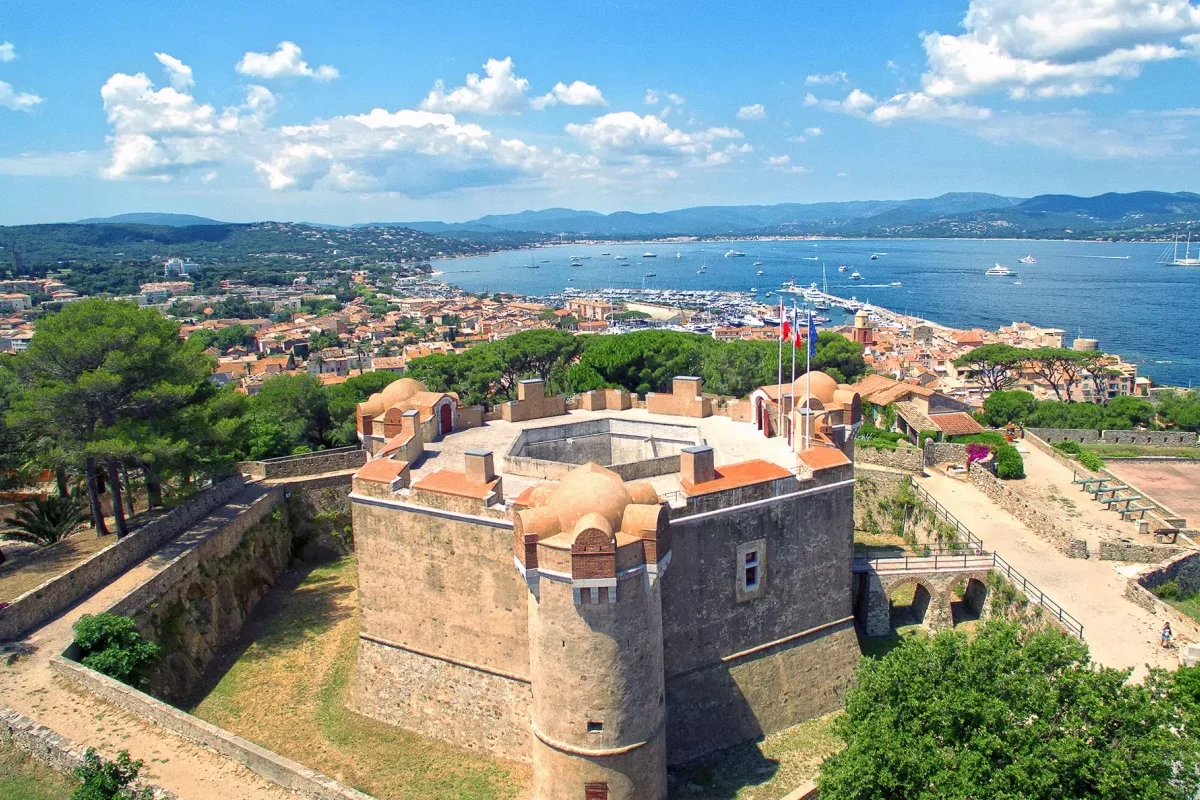Castles are everywhere in France, as many as 45,000 across the country by some counts. Down in the south, they’re less in number than in other regions, but there are still some real beauties to be discovered.
The Palais Princier de Monaco is more of a palace than a castle. That said, the ancestral home of the Grimaldi family and the Principality’s reigning sovereign of Prince Albert II should still be on your list of “castles” to visit, particularly to admire the stunning frescos and rooms that have been brought back to life by a professional restoration team over the last 10 years.
But if you venture beyond the boundaries of the Principality, there are plenty of ancient regal seats and stately homes that are classed as châteaux. Here are five of our favourites.
The 10th century Château de Roquebrune, perched at 300 metres above sea level, is a short drive from Monaco. Though small in size, it has a great story of soldier life in the medieval period as well as a long connection with the Grimaldi family to share with visitors.
The views across the Mediterranean and over Monaco itself from this site are really hard to beat. Coupled with a visit to the town’s truly ancient olive tree – it is estimated to be between 1,800 and 2,200 in age – and the quaint, cobbled village below the castle, a trip to the Château de Roquebrune makes for a great afternoon out.
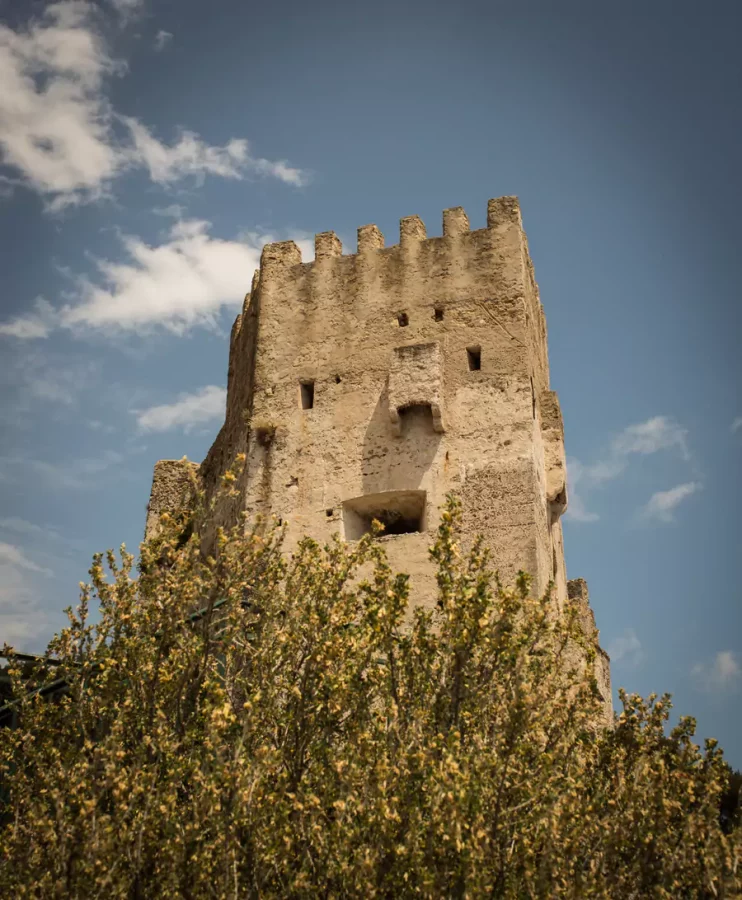
Over in Nice, the Colline du Château or Castle Hill as it’s known in English is an often-overlooked attraction in the city. Found at the crest of the hill between the old town and the port neighbourhood, this place has a very long history, with signs of inhabitation dating back as far at 3,000BCE.
Various structures have been erected here over those long years, but the castle likely reached its heights in the 16th century. Today, not much remains in terms of buildings to visit as King Louis XIV ordered the near complete destruction of the site in the early 18th century, but there are traces of foundations to be discovered. The park is the main draw, with nearly 20 hectares of green spaces, woodland and, of course, the “must-visit” spot of the foundation to enjoy, as well as picturesque views of the city from every aspect. Walk up or take the lift most of the way on a hot day!
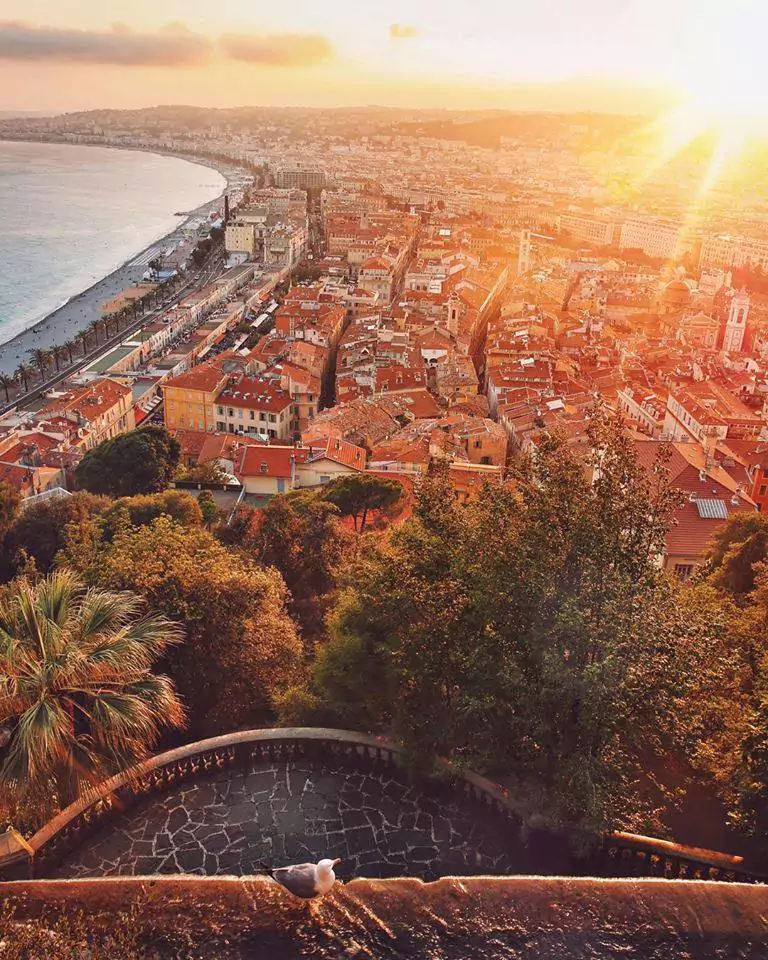
Next up is the Château Grimaldi in Haut de Cagnes, with its clear connections to Monaco’s ruling family. It was built in 1309 by Rainier I and renovated extensively in the 17th century in an Italian style; expect lots of marble, sculptural details and gold. It is home to numerous temporary and permanent exhibitions throughout the year, and houses several stunning painted ceilings and frescos.
Parking is tricky in Haut de Cagnes, so park in Cagnes sur Mer below and hitch a lift up on the free shuttle, Number 44, from the bus station.
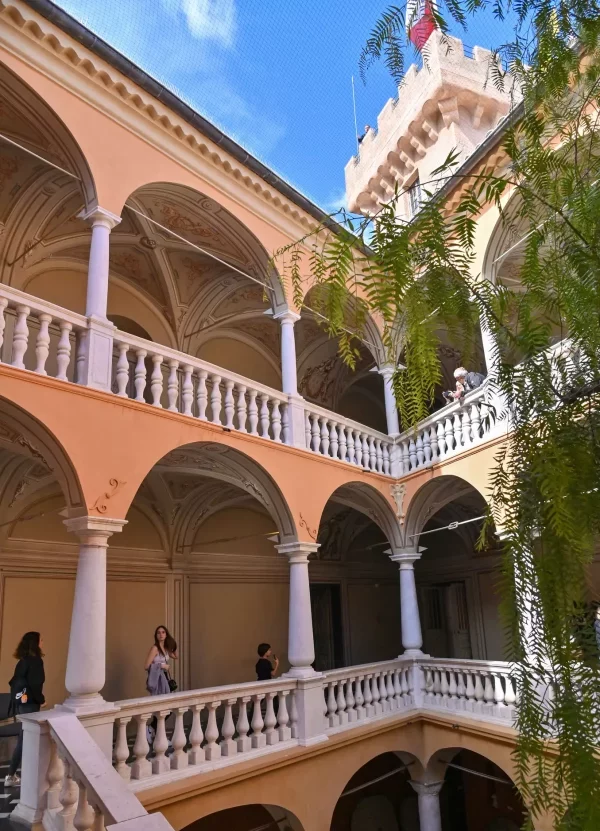
The Château de la Napoule is a real gem. Like many of the other castles in the south of France, the site on which it is built has a long history and dates back until at least the Roman occupation of the Riviera. But the castle as we see it today is much more modern.
A fortress was erected in 1387 by the Counts of Villeneuve, but was destroyed and rebuilt multiple times over the following centuries, having been witness to a succession of attacks, wars and revolutions in the region. In the early 20th century, an American couple, the Clews, discovered the property and snapped it up with dreams of renovating the ruins.
Billionaires Henry and Marie Clews tried to be somewhat faithful to the origins of the place, but also added their own artistic touches, such as the engraving of maxim saying “Once upon a time” at the entrance. As such, the château flits between folly, fantasy and tradition, but don’t let that put you off. It is still a very beautiful site to visit.
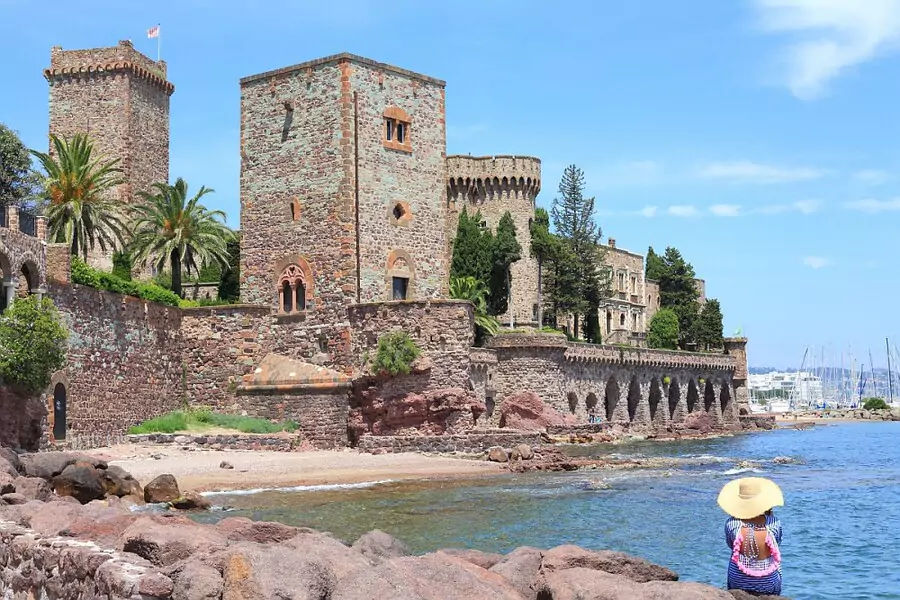
Our final stop on this coastal castle tour is the Citadelle de Saint Tropez, which is today a maritime history museum. It towers over the town below, a jewel in the crown of a place best known for its more glamourous attractions, luxury shopping and yachting haven of a harbour.
Works began in 1602 by the then King Henry IV’s chief engineer, Raymond de Bonnefons, who had been charged with improving the fortifications of Provence against the threat of attacks from the Spanish. Despite its prominent position on the crest of a hill, the fortress slowly lost its prominence from a defensive standpoint and was largely out of action by the 19th century.
After a vast restoration campaign in the 2000s, which saw the donjon tower and dungeons revamped, the site reopened in 2013 as a fascinating maritime museum on the history of “tropezian” sailors and their adventures around the world, and the “precious heritage of generations of fisherman and merchant seamen” from Saint Tropez.
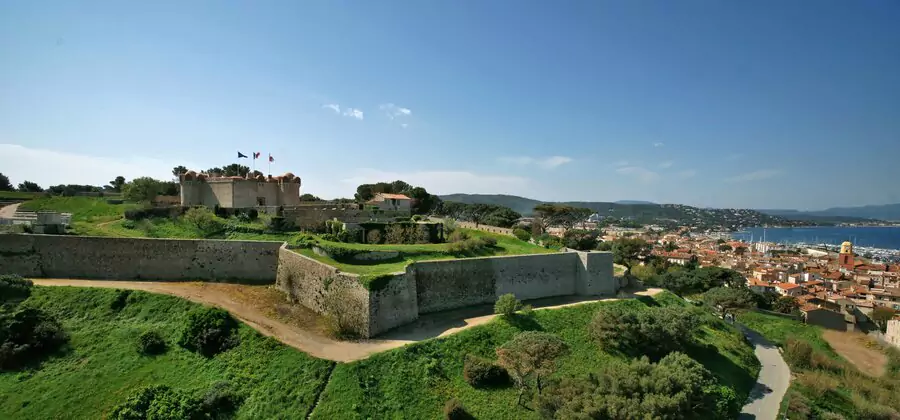
And if there is still more château chasing that you want to do, why not go for dinner or spend a night at one of the many luxury establishments that bear this title, such as the newly Michelin-starred restaurant and hotel Château Ezra in Eze or the Château Saint-Martin & Spa resort in the hills above Vence.
Make sure you’re never left out of the conversation.
Sign up for the Monaco Life newsletter, and follow us on Facebook, Twitter, Instagram and LinkedIn.
Featured photo source: Citadelle de Saint Tropez
